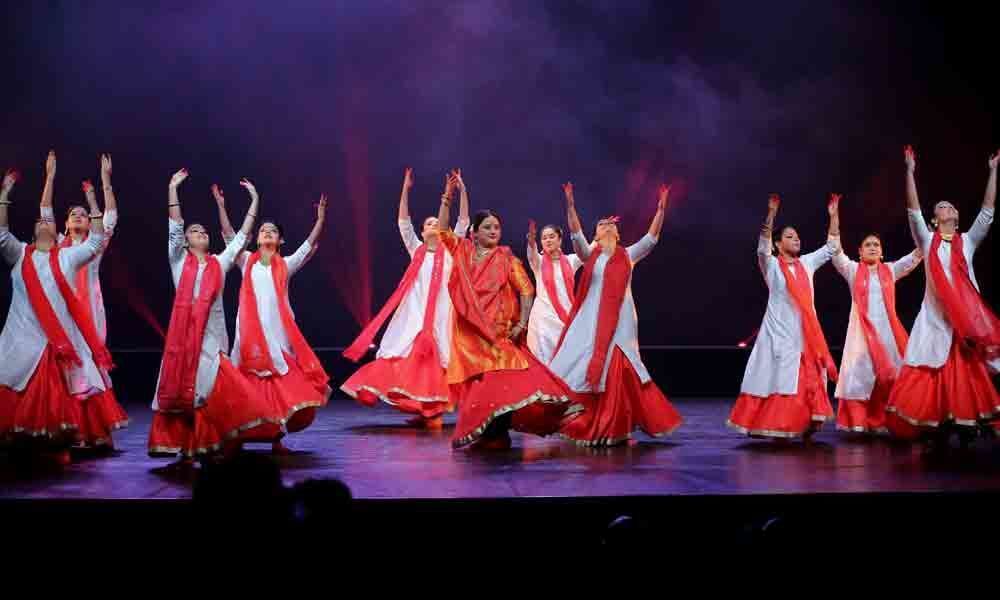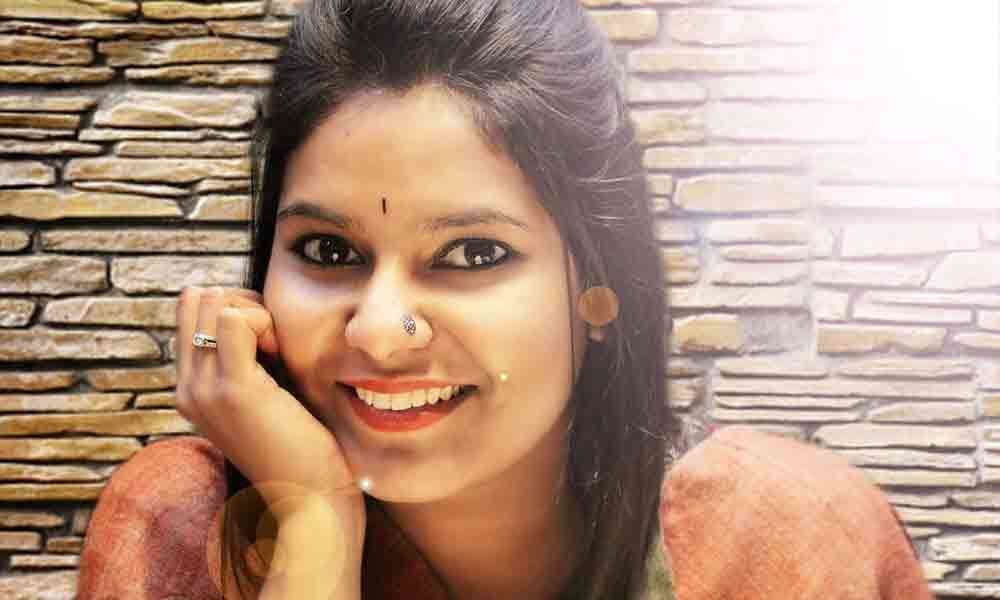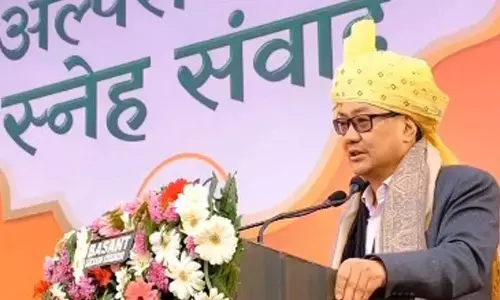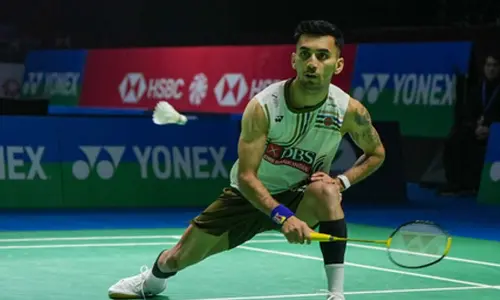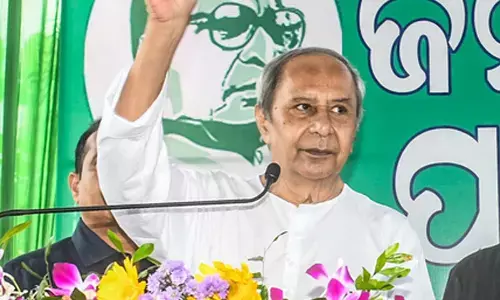Imaginative way to conquer universe!
With an aim to keep the future generations connected with Indian culture and heritage, Gurus have opened a new horizon with choreographies and teaching techniques
One of the eight classical dance forms that derives its name from the Sanskrit word 'Katha' meaning story, Kathak emerged as a form of storytelling through dance. The theme of Kathak revolves around the era of Ramayana, Mahabharat and Krishna with its roots going back to travelling sonneteers of northern India known as 'Kathakars', who had Hindu and Mughal influence.
Initially, Kathak was performed in village squares, temple courtyards and later in Mughal courts, and the dance declined during the colonial rule. As there was no other way to retain this unwritten and unrecorded art form, these poets or kathakars initiated home tutoring by teaching their own family members in an attempt to preserve the heritage of this historic artform.
Thus, emerged the concept of 'Gharanas' derived from the word 'ghar' signifying 'home' – that branched into three major gharanas – Jaipur, Lucknow and Banaras. Valuing its importance, kathak soon was moved to the concert halls post the end of British rule in India.
An art form performed straight-legged by dancers wearing ghungroos (ankle bells) adorned on the feet showcases inexplicable charm, mesmerising footwork, and graceful movements expressing the rhythmic movement of the torso, facial expressions, hand movement, vocal modulation supported with mind-body coordination.
It won't be wrong to say that 'dance' is a meditation. It is a medium of wellbeing of physical, emotional, psychological, mental and spiritual state.
In an interesting conversation as how Kathak coincides with spirituality, maestro Pandit Deepak Maharaj says, "Kathak charms and enchants people with its swift circles, exclusive rhythmic virtuosity and lyrical exploration of romantic as well as devotional poetry. The sharp yet fluid movements harmonised with agile and brisk spins, unleashes a visual splendour onstage taking audiences on a spiritual journey."
I have often heard people saying, we don't understand the intricacies of Indian classical dance but still relish it. This aspect of enjoying dance is totally different. Another dynamic Kathak dancer Alaknanda shares, "That's the beauty of Kathak, as it's a very natural form of dance. The expressions are so natural – although 'abhinaya darpana' is a guideline, the dancer depicts in most natural way of expression."
Understanding the psyche of well-articulated and less informative audiences and with an aim to keep the future generations connected with Indian culture and heritage, the Gurus have opened a new horizon with choreographies and teaching techniques, which relate to them directly.
Alaknanda says, "The younger generation is more motivated with sringaar rasa (the emotion depicting love, or attraction or beauty) as the love blossoms in the young heart and sensibilities. The love stories of Krishna - Radha is motivating to them whereas choreographies based on mythological history of Indian culture is more appealing to the senior learners, who are more interested in bhajans and vandanas (salutations).
To the question on what qualities must a student inculcate in order to learn with all his/ her zeal, Pandit Deepak Maharaj shares, "For me Kathak is a devotion and I expect same feeling from my students. In addition to devotion; interest, discipline and dedication are the other keys.
Alaknanda adds, "Interest, alertness, sense of rhythm and optimism are what I look for."
One must evolve and progress with new learnings and the craft of dance is an imaginative way to conquer the universe!
- Shruti ChaturLal Sharma


